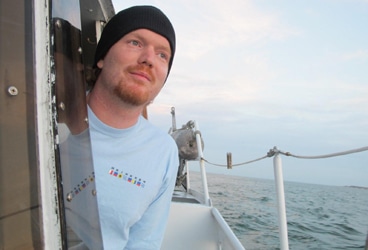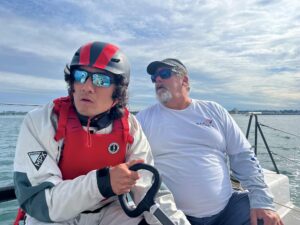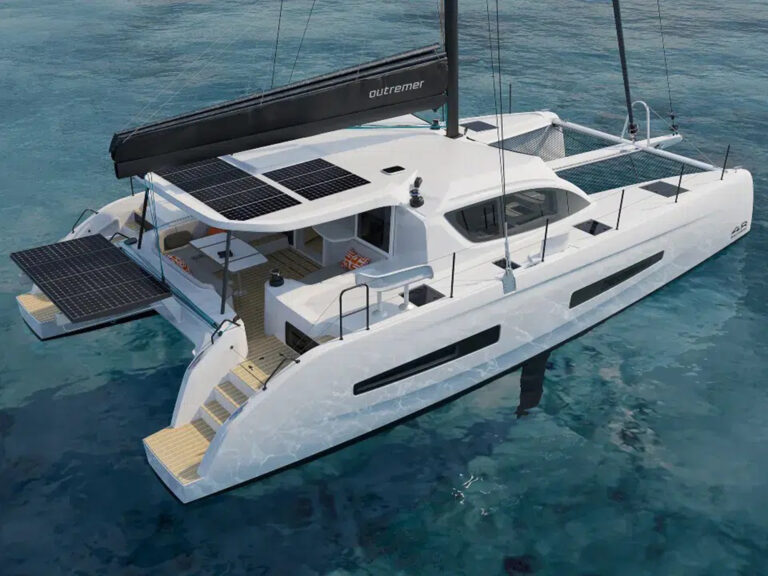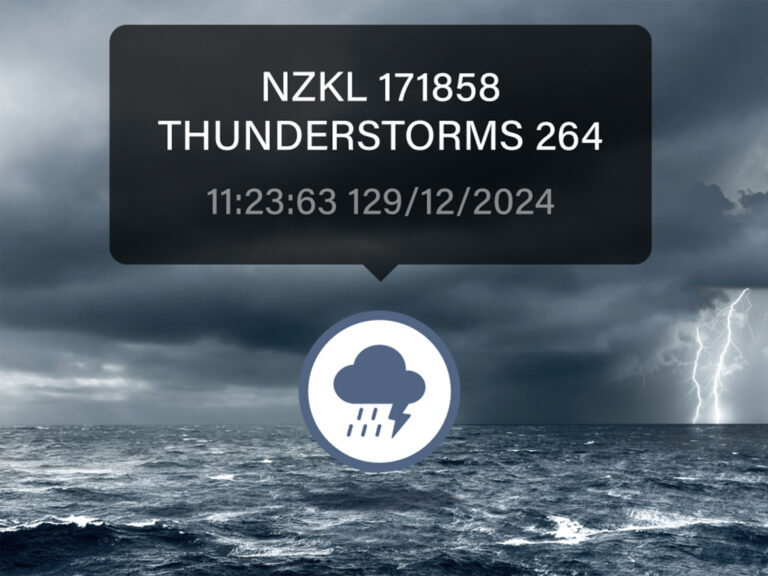
May 28, 2013
In the world of sailing they say the hardest part of winning a race is getting to the starting line. This is certainly no race but man it was hard to get off the dock and out to sea. Nikki and I sailed down the Chesapeake Bay and dropped anchor in a creek near the mouth of the bay. We were only supposed to be there for one day but we ended up sitting there for 5 days waiting for our sails to arrive. When they finally did arrive they had no slides, no webbing and no rings at the reef points. We spent sixteen hours sitting on a dock on a rainy blustery day hand sewing the sails, finally finishing them at 2 am. During one passing rain shower a micro burst hit with such force that one of my newly modified wind generators sheared off five of its six blades. I have some back up blades and I’ll fix the broken wind generator next time I’m becalmed – but at the time while I was soaking wet and hand sewing sails I couldn’t help to think “what a way to start an expedition.”
When we finally left the Chesapeake Bay and entered the Atlantic Ocean it was like 1,000 pounds had been lifted off my shoulders. After months of hard work and preparation, the journey has begun! The plan is fairly simple – Nikki and I will sail as if we are heading to the Azores and around 100 miles before we would arrive at the Azores, we will turn south while deploying special nets that can determine the amount of micro plastics in the water. We will sail roughly 600 miles south, then north, then south again in a zig zag pattern. This way we can survey the amount of plastic (AKA marine debris) in the center of the North Atlantic Gyre, or Atlantic Garbage Patch. No one has ever done this type of research in the epicenter of the Atlantic Garbage Patch so it shall be interesting to see what we discover. We will deploy an acoustic receiver that can help determine the migration patterns of tagged marine life and deploying drifters. This 6,000 mile trip needs to be completed by the end of July in the hope that we return before hurricanes start turning north.
At this point all is well, Nikki doesn’t have any problems with sea sickness which is rare as most people do. I’m just happy as can be to be back out to sea, and I’m glad that we are out here to collect data that will help the scientific community better understand the problems facing our oceans. It’s hard to say what may or may not happen on an expedition of this magnitude. We are not looking for danger and I hope to have an uneventful expedition, that being said, the ocean is typically far from uneventful.
Learn more about the voyage at the Ocean Research Project website.








